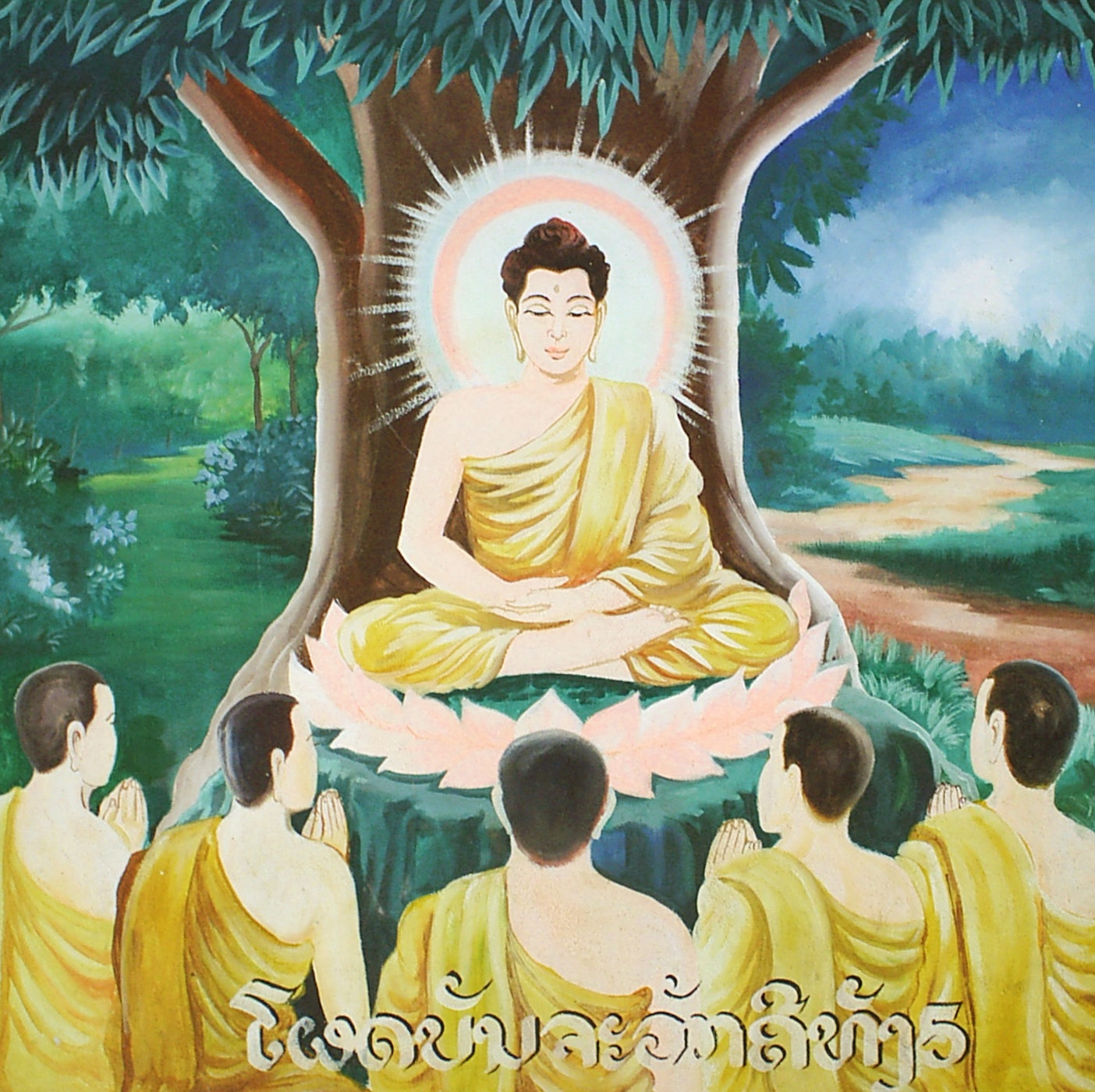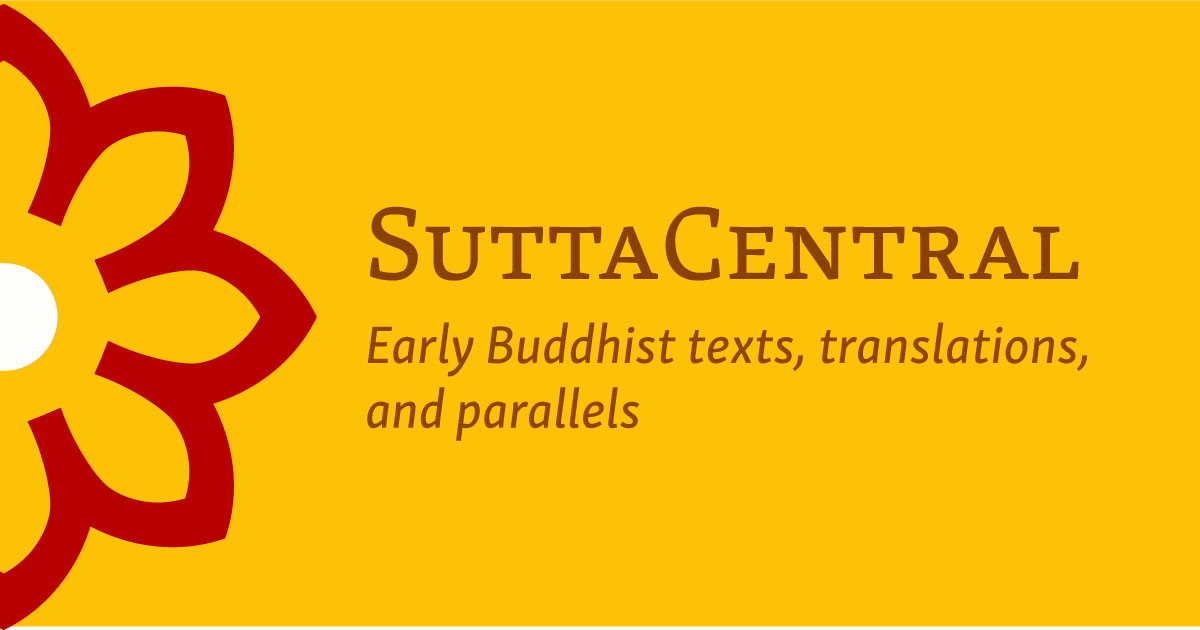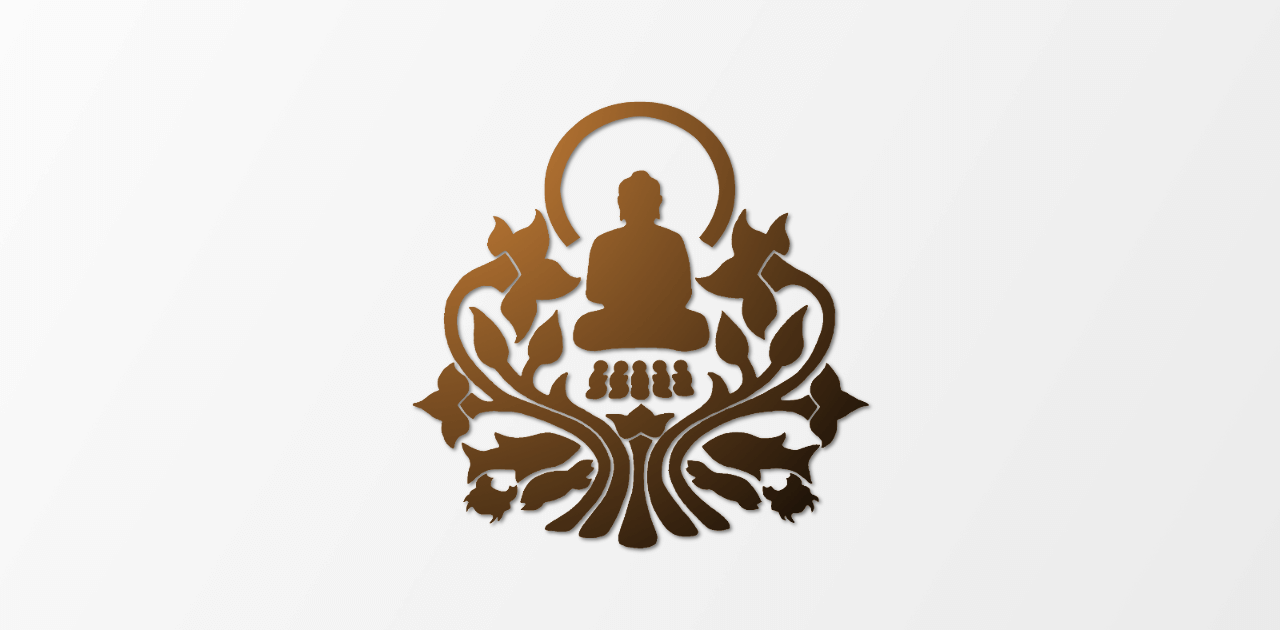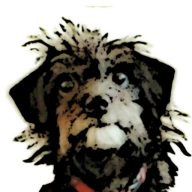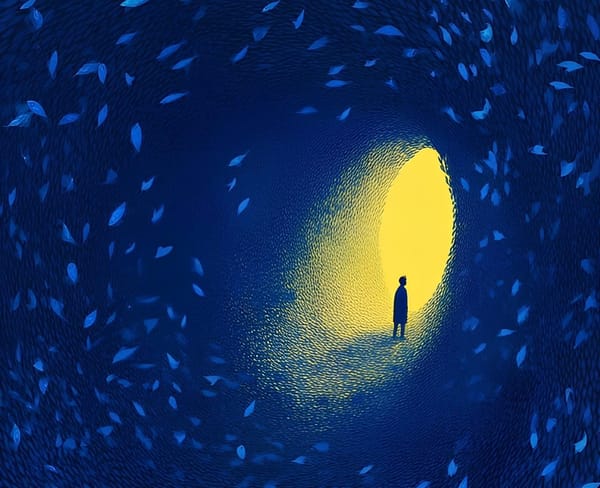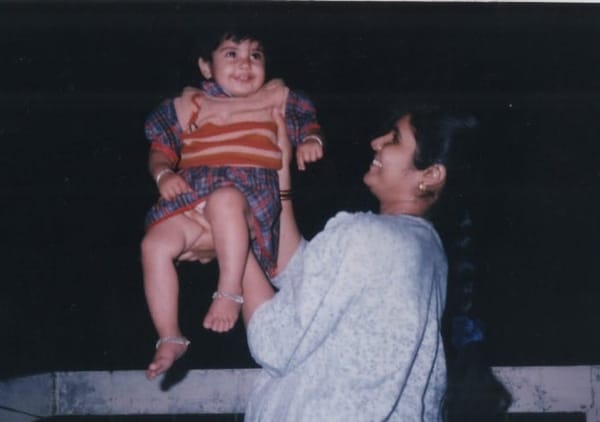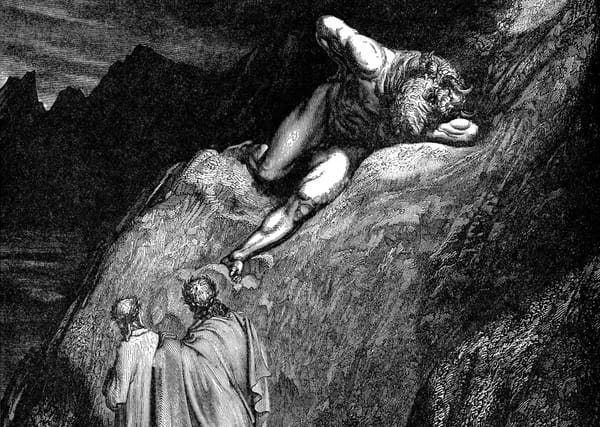The Three Marks of Existence
Seeing Clearly in a World That Won’t Sit Still
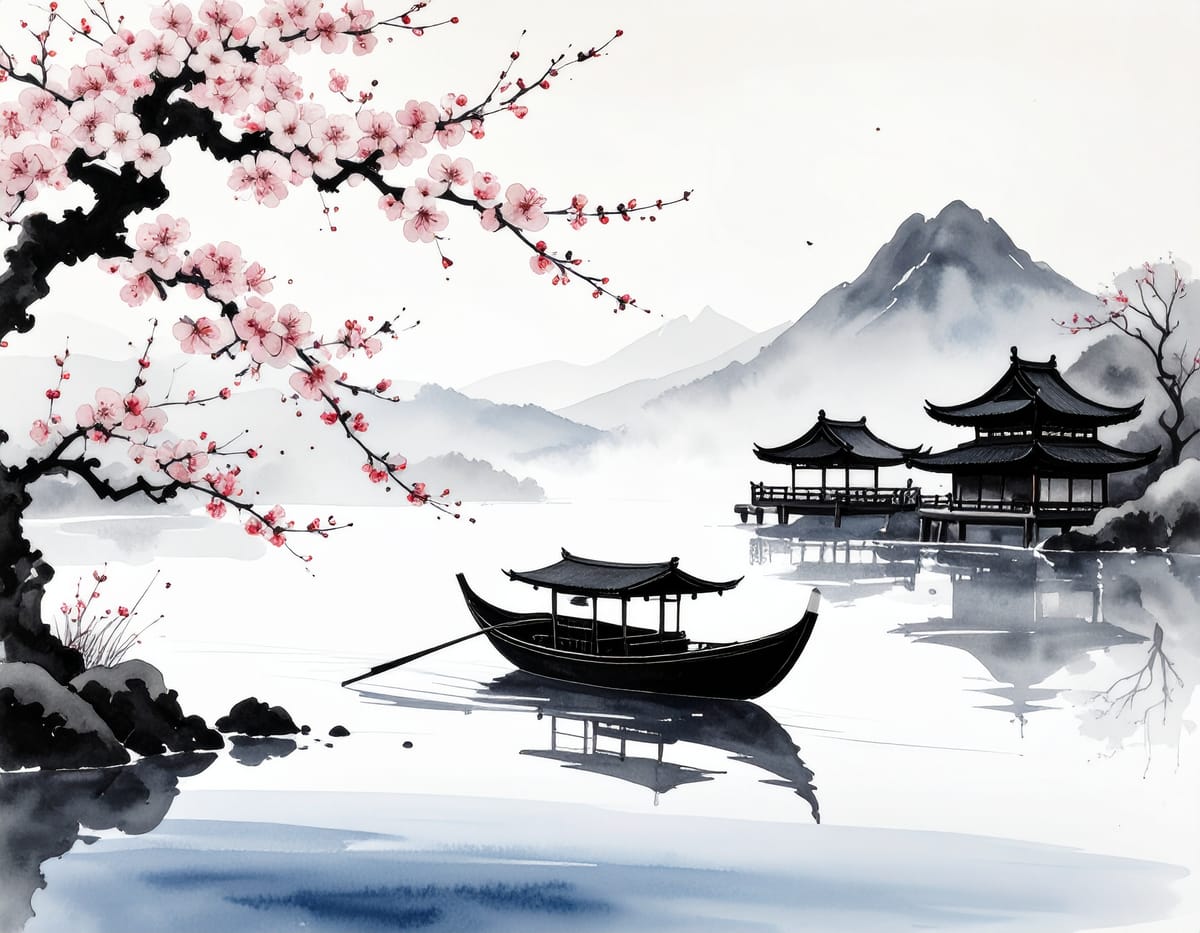
Seeing Clearly in a World That Won’t Sit Still
“All conditioned things are impermanent. All conditioned things are unsatisfactory. All phenomena are without self.”
— The Buddha, Dhammapada 277–279
In a world that clings and grasps — to things, to ideas, to Instagram followers — the Buddha offered something both unsettling and liberating: a reality check with heart.
He didn’t present a creed or a cosmic opinion. He pointed. He said:
Look.
This experience is unsatisfactory.
This “you” isn’t quite what you think it is.
These are the Three Marks of Existence, or in Pāli: Anicca, Dukkha, and Anattā. They are the diagnostic scan of the human condition. No spiritual mumbo-jumbo. Just a calm, clear gaze at how things are.
Let’s walk through them — not as grim pronouncements, but as invitations to live with more grace, humor, and strangely enough… peace.
I. Anicca — Everything Changes (Even Your Wi-Fi Signal)
“This too shall pass.”
— Someone wise, or possibly your grandmother
From the weather to your friendships, your face, your feelings, your last five tweets… everything is in flux. This is Anicca, the truth of impermanence.
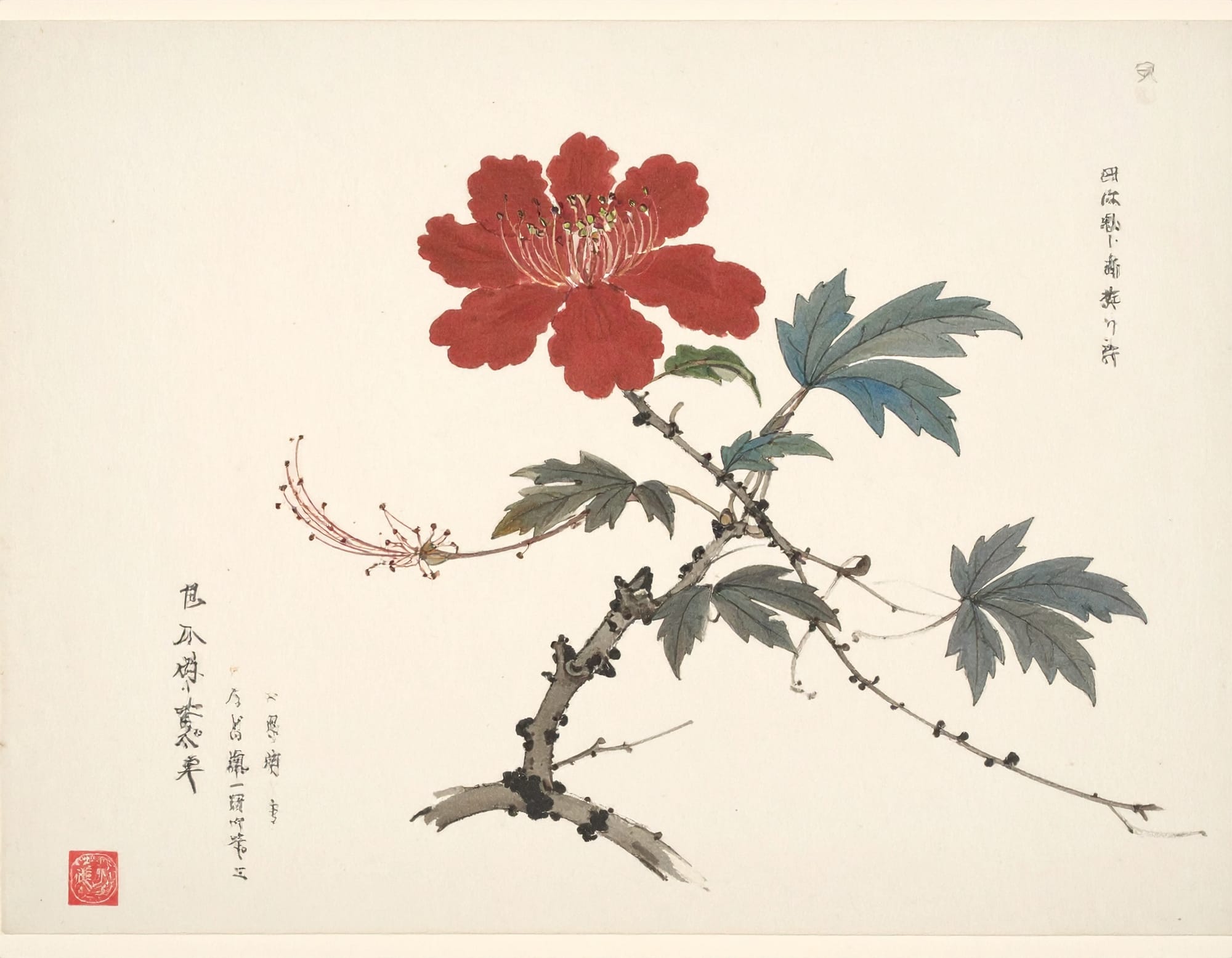
Now, don’t panic. Yes, it means your favourite gelato will melt. But it also means heartbreak softens. Pain fades. Even that awkward moment you keep replaying in your head? Dust.
The Buddha wasn’t being dramatic — he was being observant. Anything that arises will pass. Anything put together will come apart. You included.
But this isn’t all doom and gloom. In fact, it’s what makes beauty possible.
- A sunset is beautiful because it won’t last.
- A violin’s note moves us because it disappears.
- Your favorite book is bittersweet because the final page comes too soon.
In Japanese aesthetics, this is known as mono no aware — the gentle ache of impermanence. Poets adore it. Buddhists live by it.
Theravāda Buddhists see Anicca as the first crack in the illusion of permanence.
Mahāyāna schools connect it to śūnyatā (emptiness), a radical openness.
Vajrayāna says: if it’s all impermanent, then let it dance.
TL;DR: The only constant is change. Yes, even your opinion on pineapple pizza.
II. Dukkha — Life is Unsatisfactory (And That’s Okay)
“I can’t get no… satisfaction.”
— The Rolling Stones, undercover Theravādins
The second mark is Dukkha, usually translated as “suffering” — though a better term might be “unease,” “friction,” or “that vague feeling you get at IKEA.”
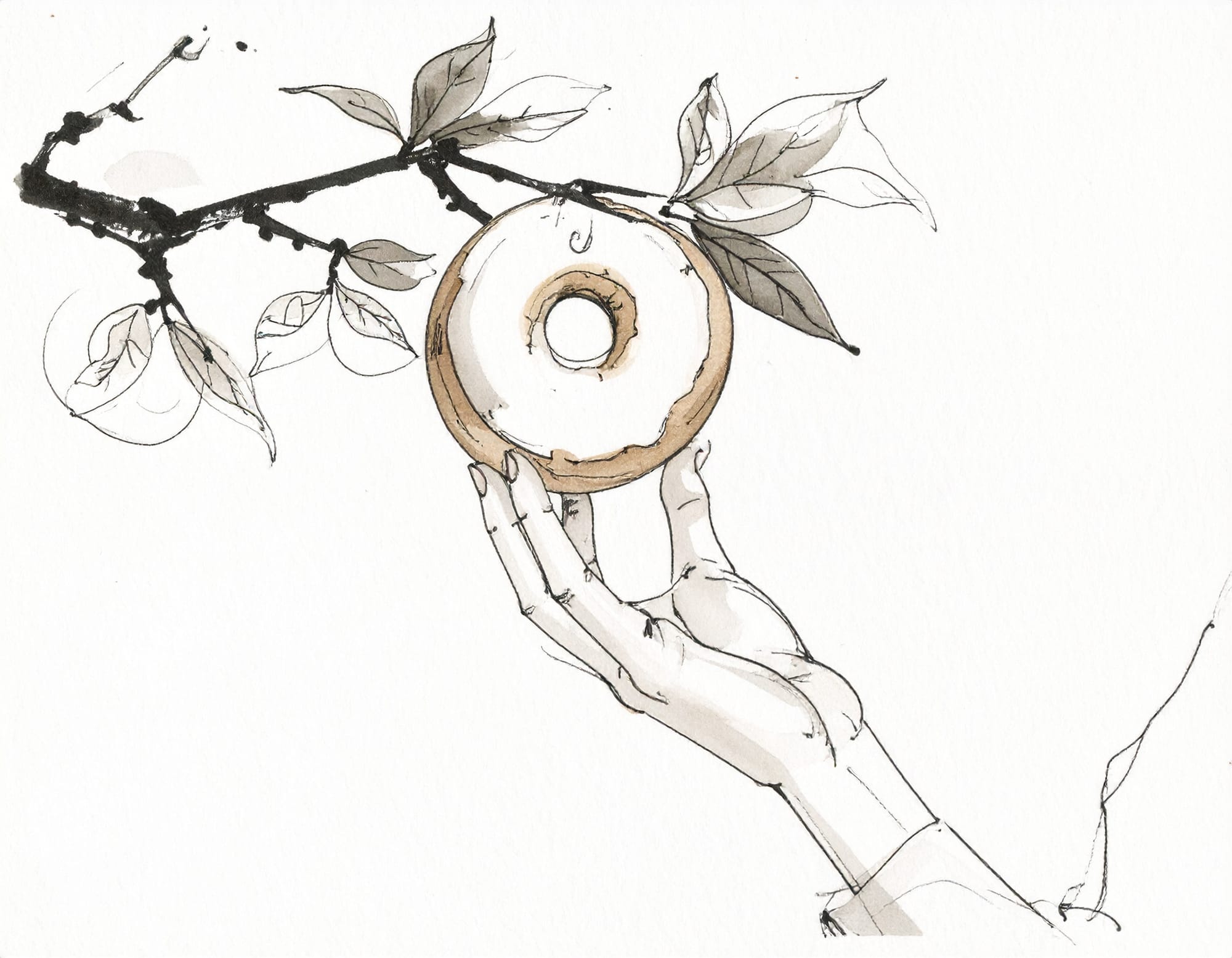
Dukkha doesn’t just mean stubbed toes and existential dread. It’s the feeling that even good things aren’t quite enough — or don’t last. The holiday ends. The love fades. The chocolate bar is mysteriously smaller than it was yesterday.
Why? Because we cling. We want things to stay pleasant, stay perfect, stay the same. But they don’t (see: Anicca). So we suffer.
There’s Dukkha when we don’t get what we want.
There’s Dukkha when we get what we want… and it changes.
There’s Dukkha in pretending we’re immune to Dukkha.
In Mahāyāna, the Bodhisattva recognizes Dukkha in all beings and vows to help — not by escaping the world, but by meeting it with compassion.
In Vajrayāna, suffering is energy that can be transformed into wisdom.
In Theravāda, seeing Dukkha clearly is what turns the wheel of insight.
But here’s the punchline: Dukkha isn’t the end of the story. It’s just the beginning — the moment we stop pretending, and start waking up.
III. Anattā — You Are Not Who You Think You Are
“There is no ‘I’ in ego.”
— Well, actually, there is — and that’s the problem.
Now for the showstopper: Anattā, or non-self.
This is the most radical of the three marks — and perhaps the most liberating (once the existential vertigo passes). The Buddha taught that what we call a “self” is not some permanent soul, but a bundle of processes: body, feelings, thoughts, memories, perceptions… all coming and going like guests at a surrealist dinner party.
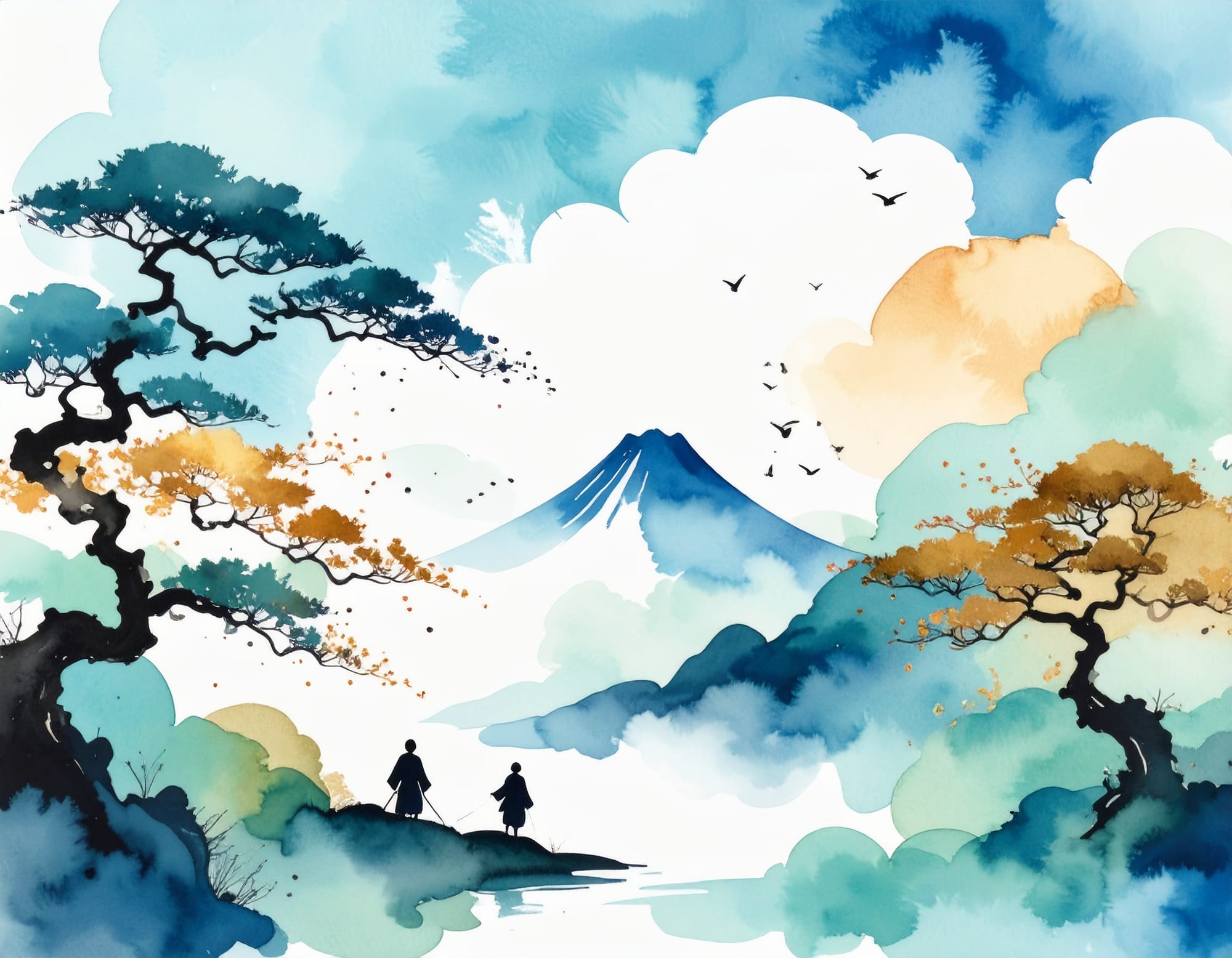
Think about it:
- Your body changes constantly.
- Your thoughts contradict themselves.
- Your identity shifts depending on who you’re with.
- You were a child once, and (hopefully) not still one now.
So… where’s the permanent “you”?
Theravāda breaks this down analytically into the five aggregates (khandhas), showing that none are a self.
Mahāyāna takes it further: not only is the self empty, but so is everything else — it’s all dependently arisen.
Vajrayāna dances with this insight: if there’s no fixed self, then we’re free to embody the luminous play of being.
Now, this isn’t nihilism. It’s freedom.
If there’s no fixed ego to defend, we can relax.
If there’s no “me” to cling to, we can love without fear.
If we’re not locked into a story, we can change the script.
Anattā doesn’t erase you. It unmasks you.
Putting It All Together (Without Coming Undone)
If you’ve made it this far without spiraling into an existential crisis — congratulations! Or perhaps… welcome. The crisis is the beginning.
These Three Marks — Anicca, Dukkha, and Anattā — aren’t meant to depress. They’re meant to depressurize.
- Realizing everything changes helps us let go.
- Realizing we suffer because we cling helps us soften.
- Realizing there’s no fixed self helps us open to something vast and luminous.
They are interwoven, like a three-stringed lute played by the wise and the weary.
Because things are impermanent,
they cannot fully satisfy.
Because we cling to what cannot satisfy,
we suffer.
And because there’s no “self” to whom these things belong,
freedom is possible.
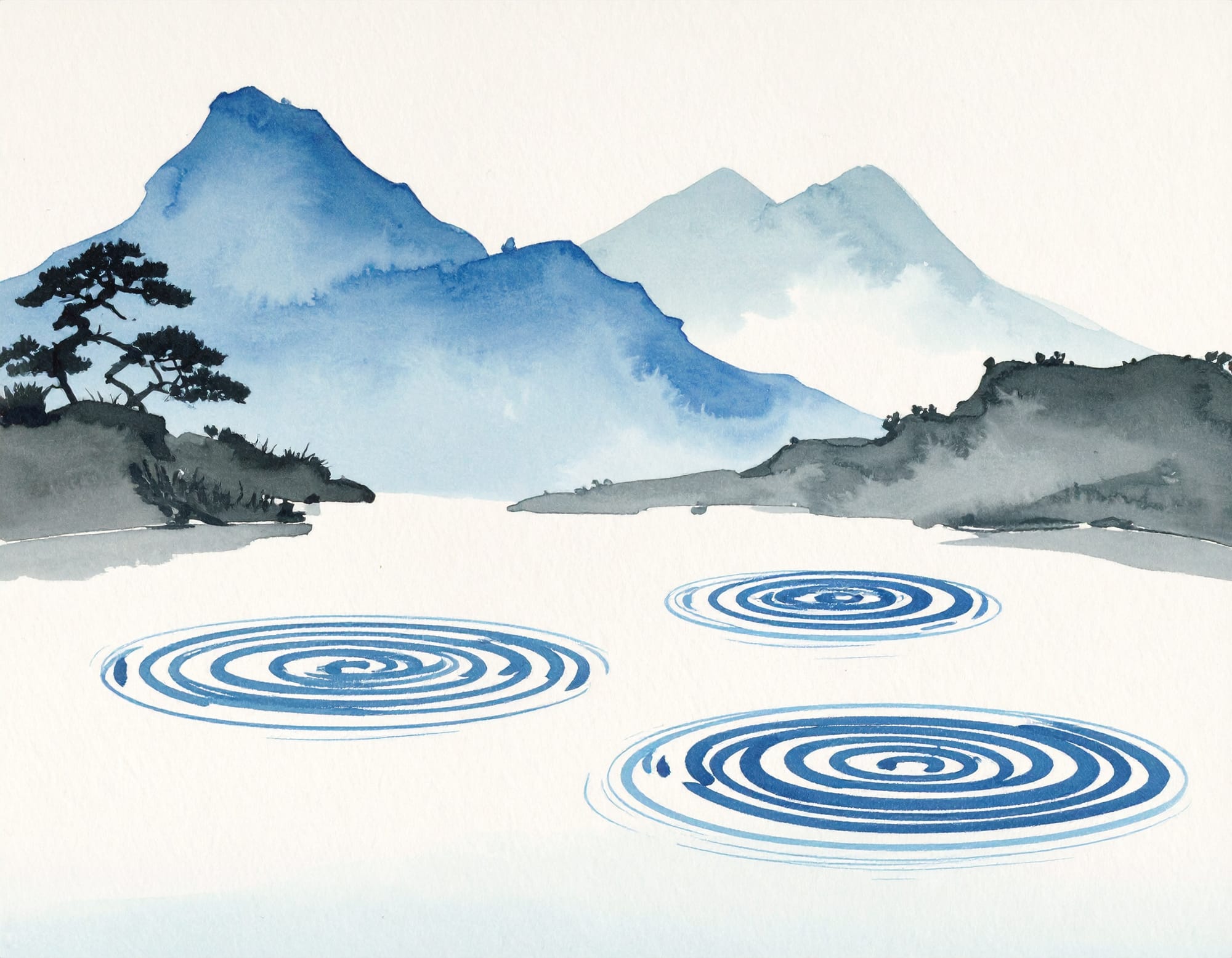
Living the Dharma in Daily Life
So how do we live with these marks? A few humble suggestions:
- Watch a sunset, and instead of grasping, let yourself feel its passing.
- Next time you’re disappointed, ask: “What was I expecting to be permanent?”
- When you catch yourself saying, “That’s just who I am,” smile. That might not be true tomorrow.
Also: take naps. Be kind. Laugh when your plans fall apart — they always do.
And most of all: don’t take “yourself” too seriously. The cosmos didn’t.
Closing Sip
There’s a Zen koan where a student asks a master, “What is the essence of the dharma?”
The master replies:
“Have a cup of tea.”
Sometimes, the most profound truths arrive like that — warm, quiet, and steaming with subtle emptiness.
So here’s to the three marks — to change, to suffering, to non-self — and to the wild, bittersweet wonder of being alive anyway.
May we see clearly.
May we love deeply.
May we laugh when the teacup breaks.
☸️ Want More Dharma?
Feel free to explore these resources:



